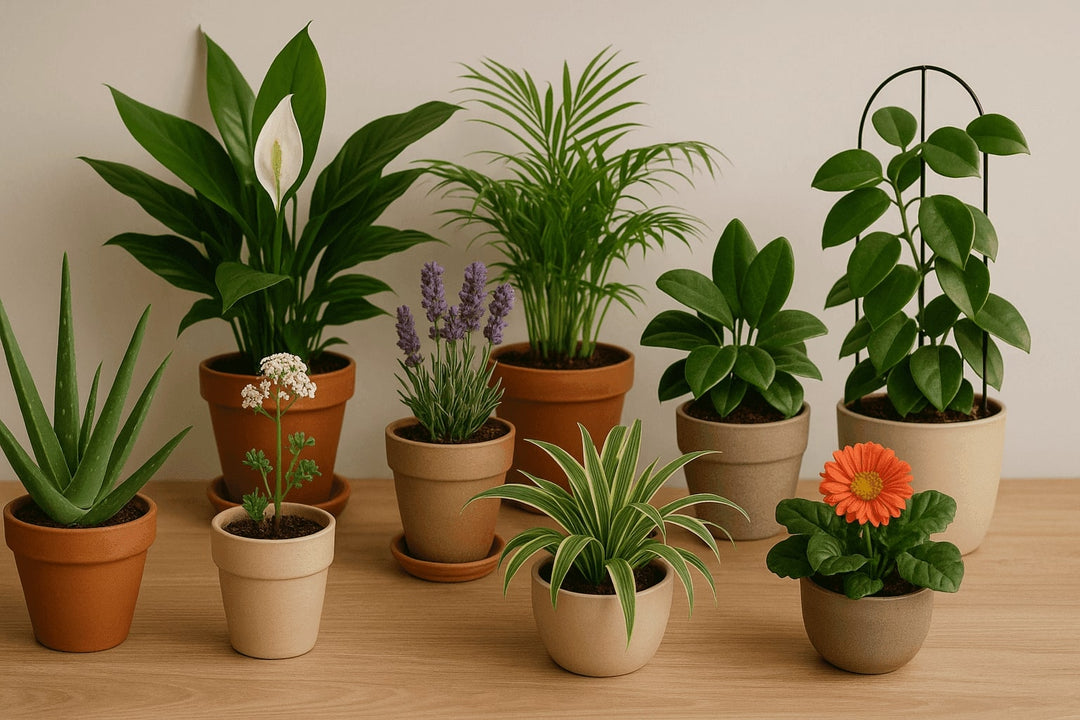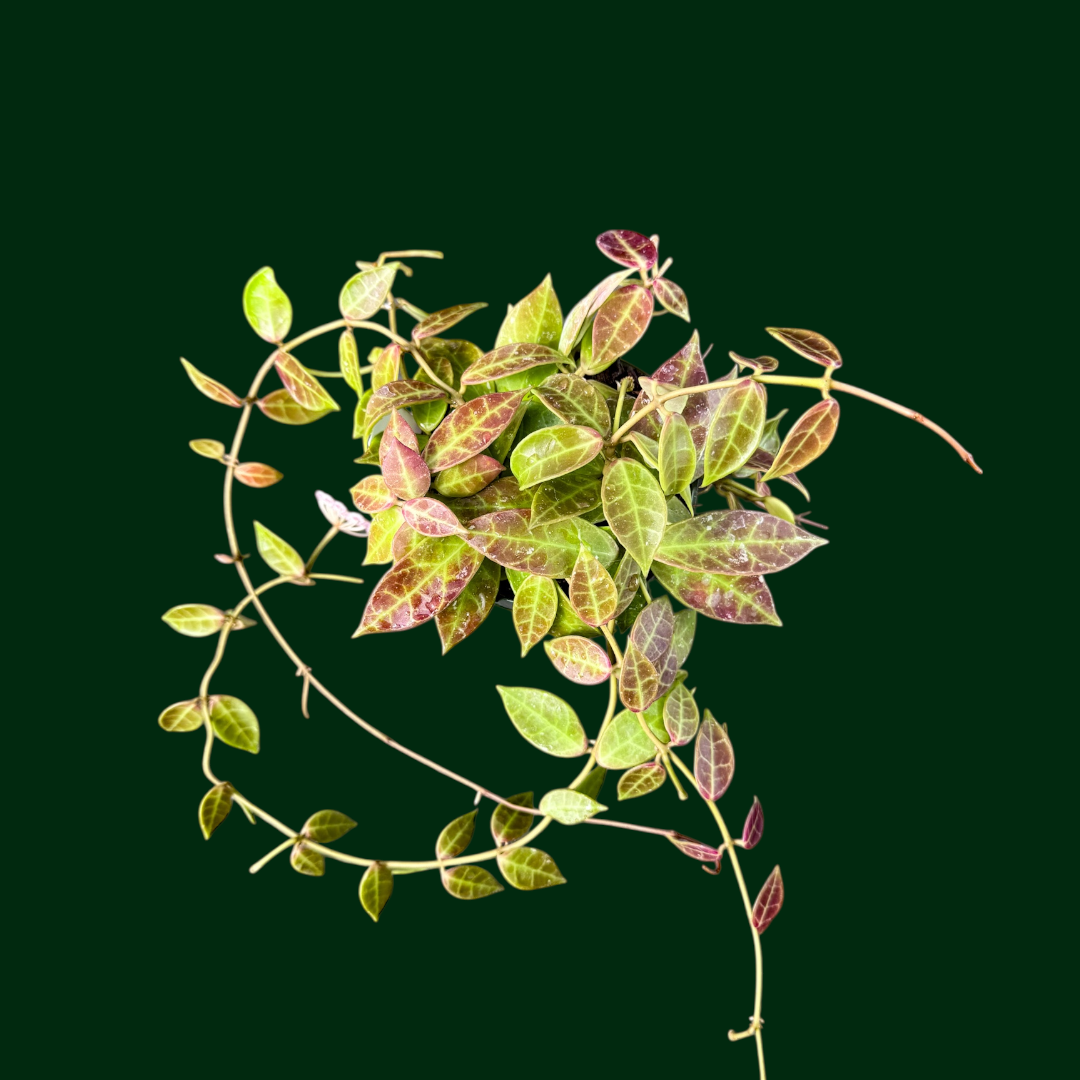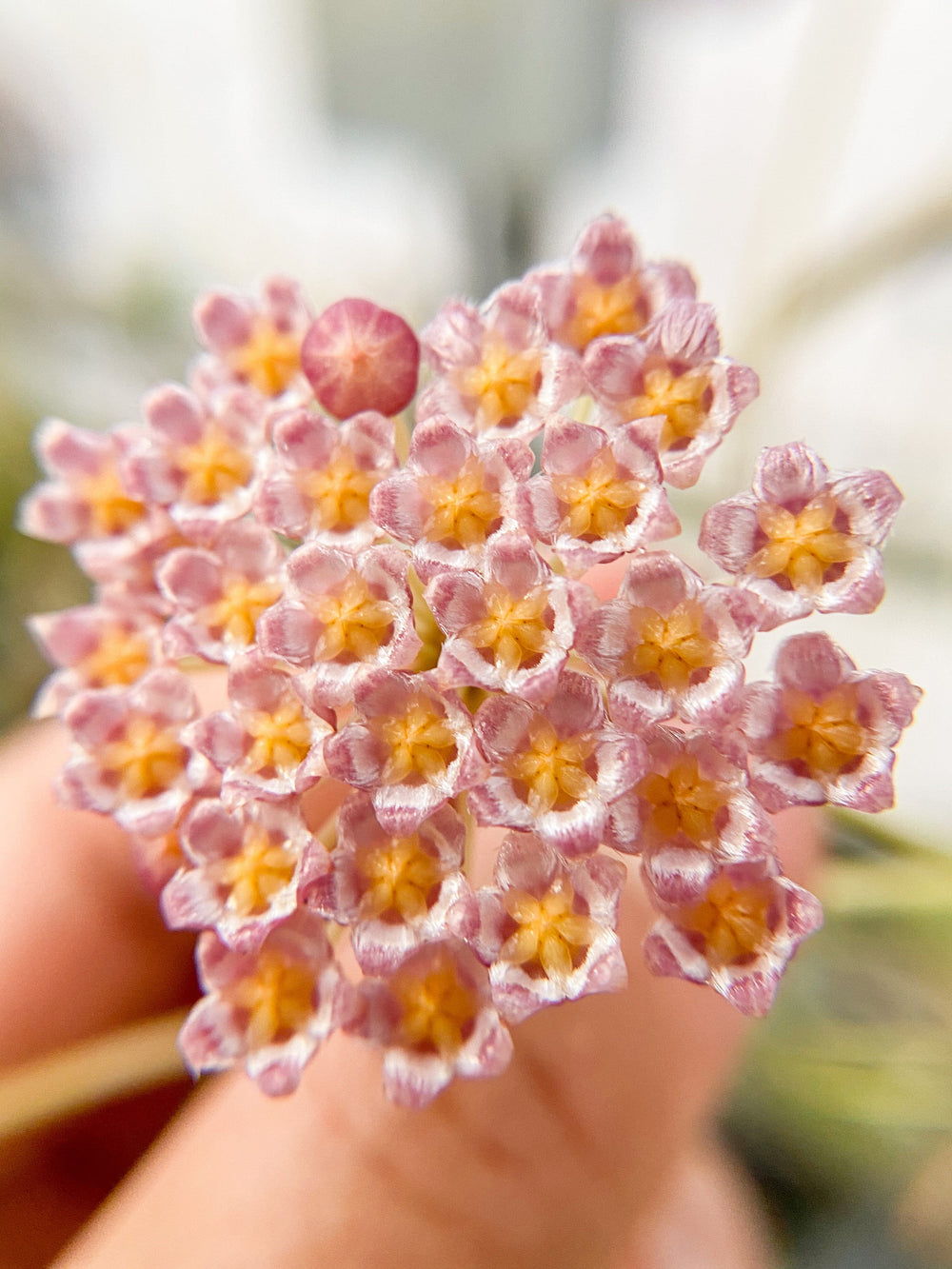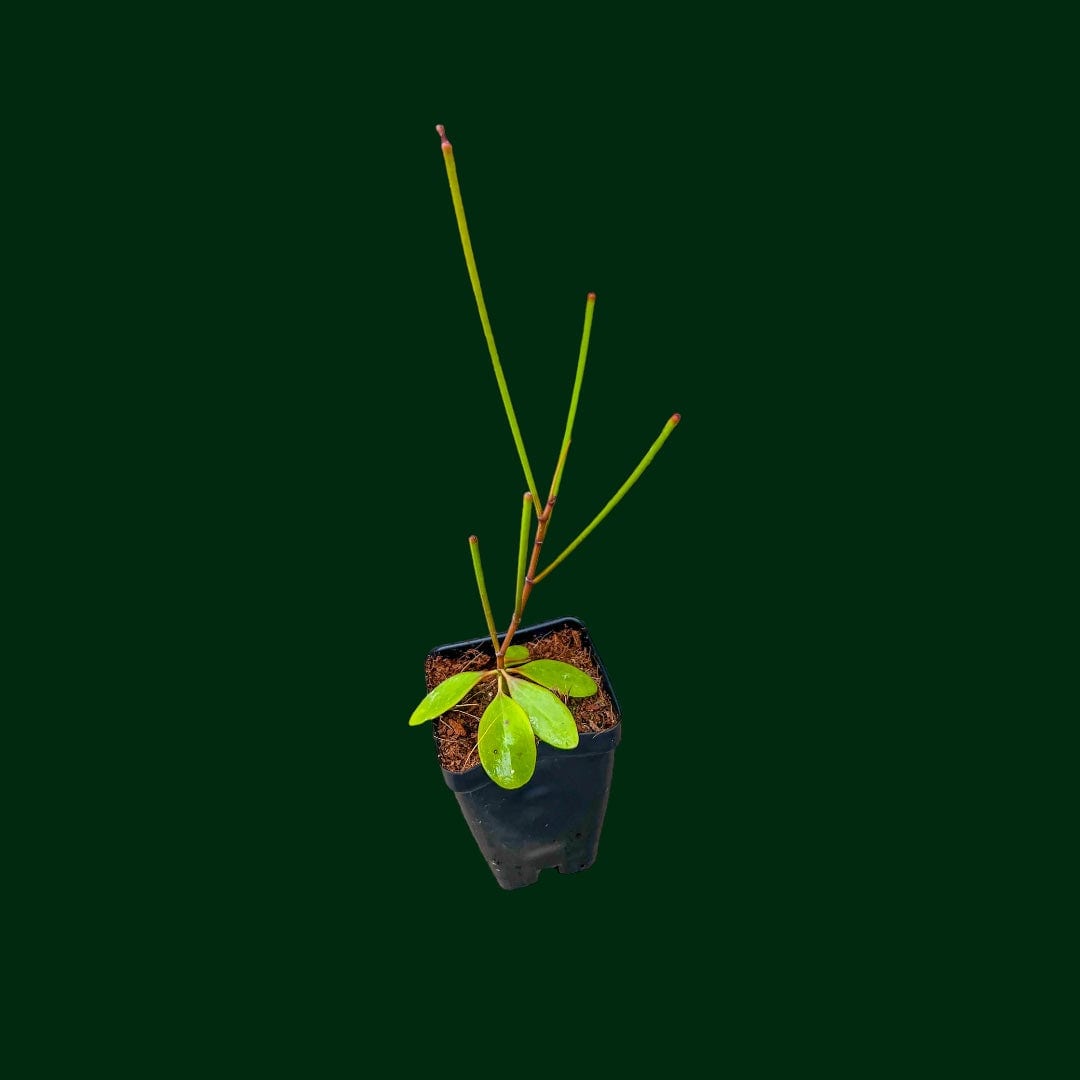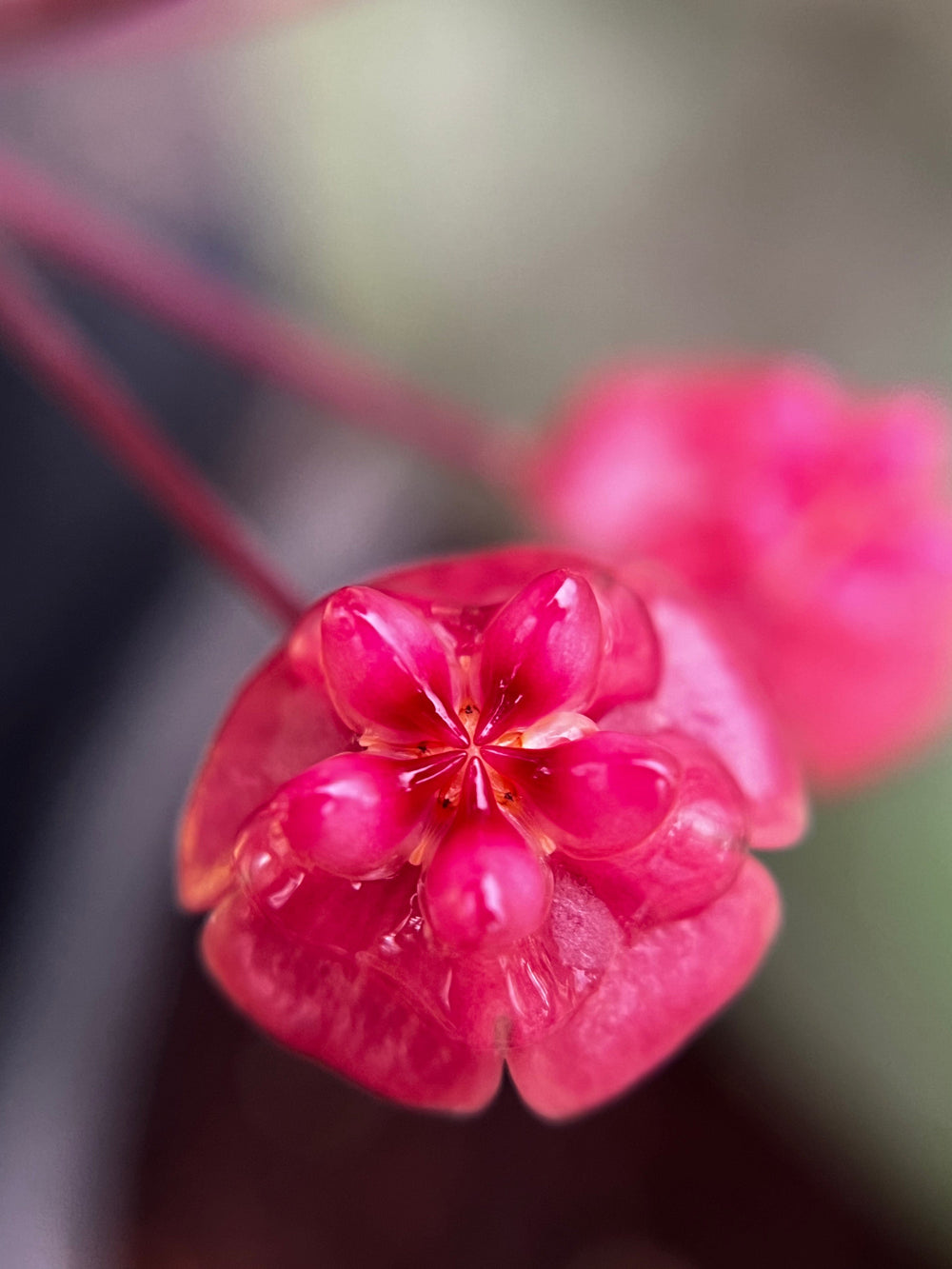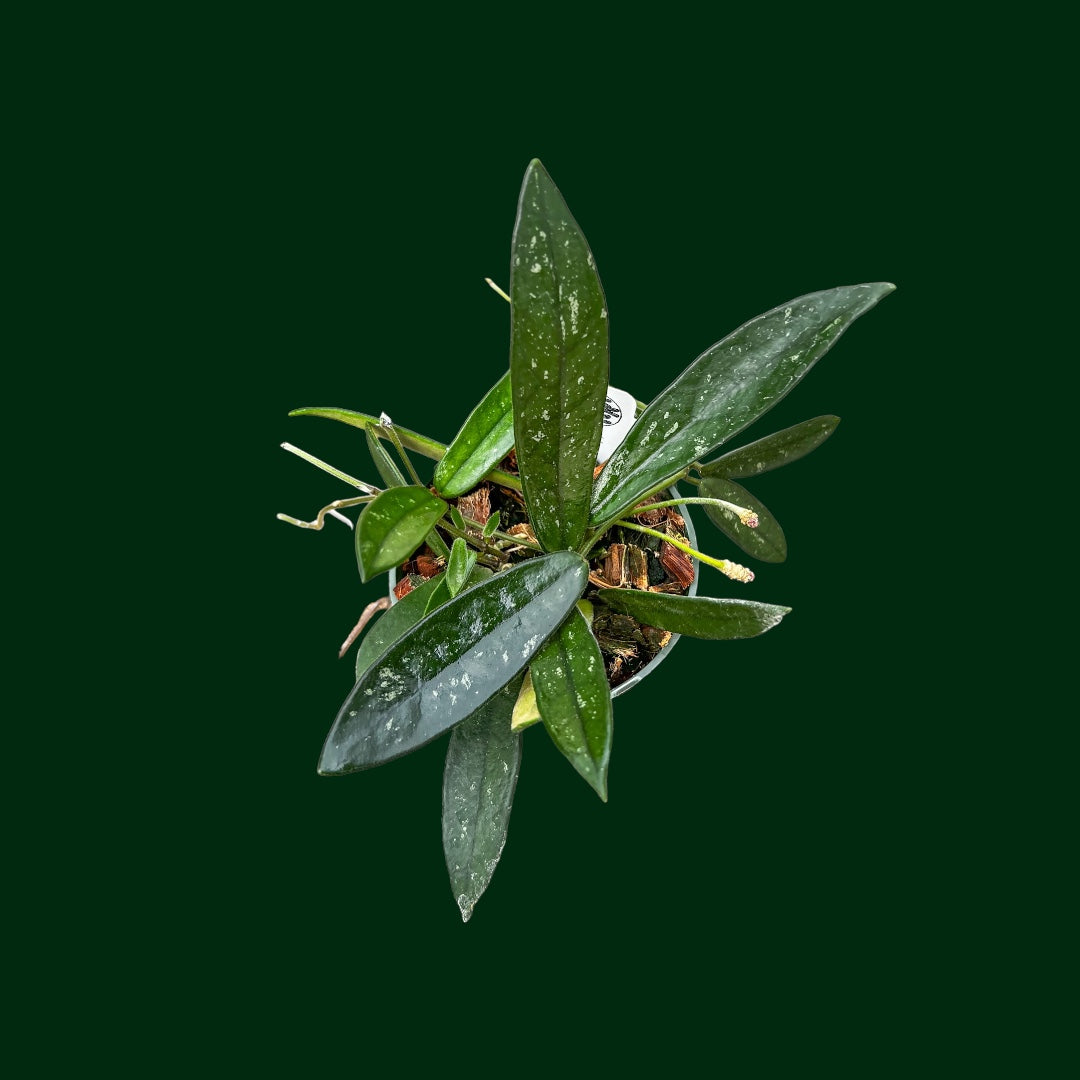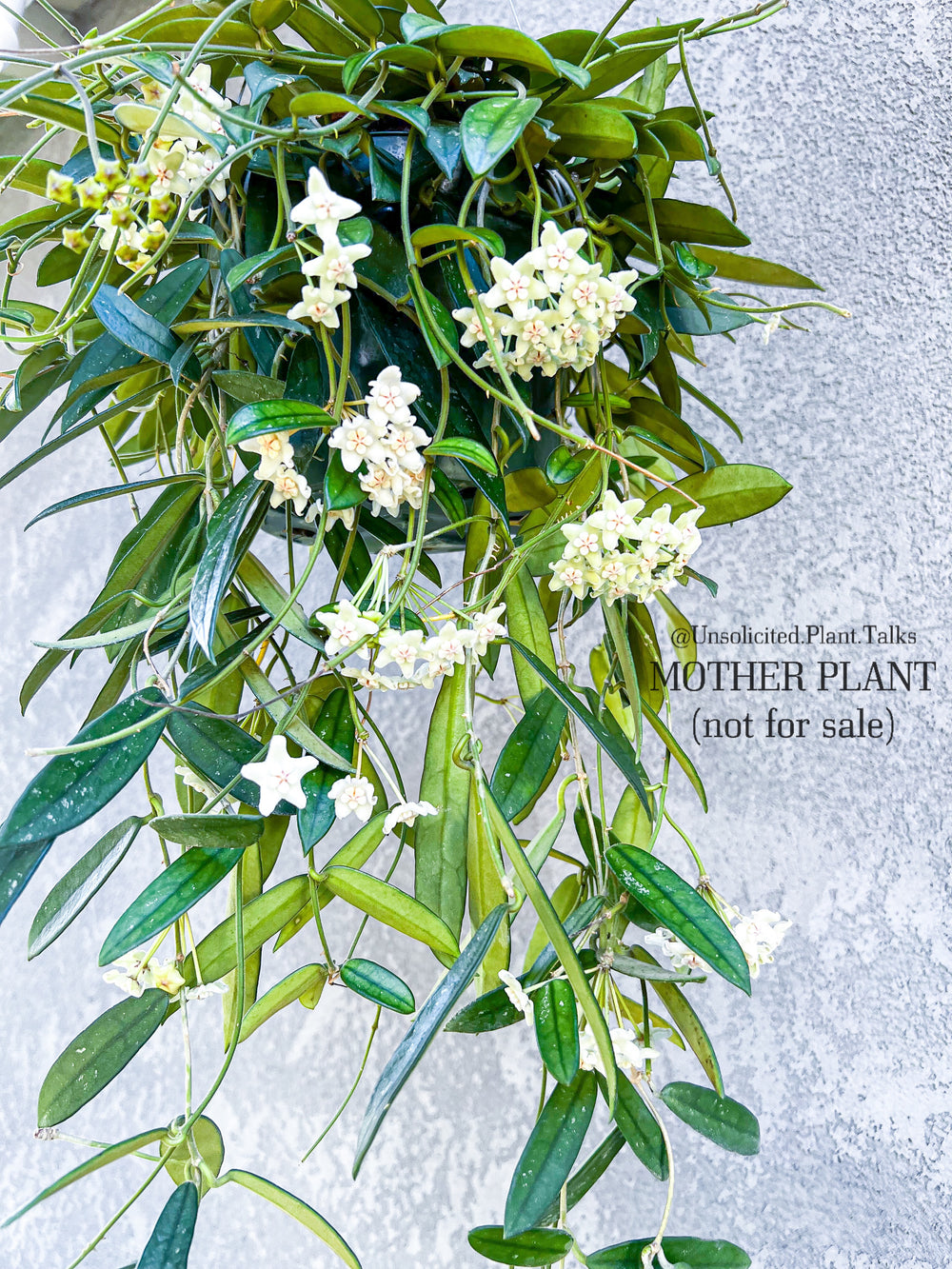Best Water for Hoyas: Tap, Distilled, or Rainwater?
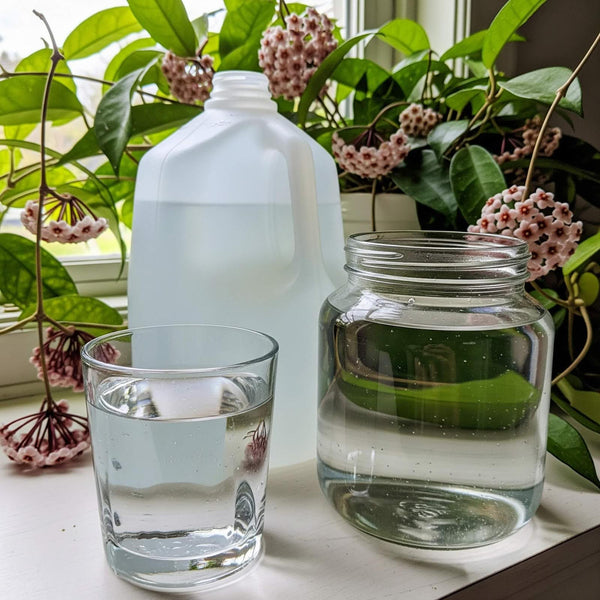
Table of Contents
If you’ve fallen down the hoya rabbit hole (welcome, it’s cozy here), you’ve probably wondered: what’s the best water to use for these velvety-leaved, fragrant-flowering beauties?
While hoyas are relatively low-maintenance when it comes to watering, the type of water you give them can seriously impact their health over time. Some get picky about minerals, others sulk at hard tap water, and a few just want whatever’s clean and not cold.
So, should you stick with the tap, go fancy with distilled, or dance in the rain (and collect it in a bucket)? Let’s break it down.
Hoya Watering
Hoyas like a good soak, but only when they need it. Their thick, semi-succulent leaves store water, so they’re not into soggy roots or daily showers.
A good rule of thumb? Water when the top 1–2 inches of soil feel dry. Let it run through completely, and always empty any excess from the saucer. Root rot is not a vibe.
Now that we've got the how covered, let’s talk about the what.
1. Tap Water
Tap water is the most convenient and accessible water for your hoya plant. It’s the easiest option and often the default choice for many plant parents.
While most hoyas can handle tap water, the quality of your tap water matters, and it varies depending on your location. Some low-maintenance hoyas might thrive in average tap water, while others might be a bit pickier. So, before you proceed with watering, check the quality of your tap water and how it might affect your plants.
✅ Pros:
- Easy, free, and available pretty much everywhere.
- Most hoyas can tolerate average tap water — especially if it’s not too hard or chlorinated.
❌ Cons:
- May contain chlorine, fluoride, or salts that build up in the soil over time.
- Hard water (high in calcium and magnesium) can lead to crusty soil and mineral deposits on leaves.
- Sensitive hoyas may develop brown leaf tips if your water’s harsh.
Verdict: Totally fine for most hoyas in the short term — but not ideal if your tap water is very hard or heavily treated.
2. Distilled Water
Distilled water is excellent for hoyas, especially if your tap water has high mineral content. It’s pure and free from chemicals like chlorine, fluoride, and salts, making it ideal for sensitive varieties. Just keep in mind that distilled water doesn’t provide any minerals, so make sure your soil is well-balanced to avoid nutrient deficiencies.
✅ Pros:
- Free of minerals, salts, and additives — super pure.
- Great for hoyas that are sensitive or recovering from root issues.
- Won’t leave residue in your soil or on your pot edges.
❌ Cons:
- No minerals at all — which can mean nutrient deficiencies if your soil isn’t well-balanced.
- Can get expensive or tedious if you’re using a lot of it.
Verdict: Best for sensitive hoya species, rare varieties, or when you notice signs of mineral stress. Think of it as spa water for your plants.
3. Rainwater
Rainwater is fantastic for hoyas. It’s soft, slightly acidic, and packed with trace minerals that make hoyas thrive. Just make sure the rainwater is clean — if you’re collecting it from your roof, be sure to filter it to avoid debris and pollutants.
Rainwater is the closest you can get to the natural watering conditions hoyas would get out in nature — if you have access to it, give it a try!
✅ Pros:
- Soft, slightly acidic, and full of trace minerals hoyas love.
- Eco-friendly and totally free (assuming it rains where you live).
- Mimics the natural water hoyas would get in the wild.
❌ Cons:
- Not always available (hello drought).
- Can be dirty if collected from rooftops — always filter or let sit to settle debris.
- May contain pollutants if you're in an urban area with questionable air quality.
Verdict: Excellent — as long as it’s clean. Collect and store it in a barrel or bucket like the plant nerd you are.
Frequently Asked Questions (FAQ) About Hoya Watering
Q: How do I water my hoya plant correctly?
A: When watering your hoya, let the top 1-2 inches of soil dry out before watering again. Hoyas don’t like being too wet, so make sure to let the water run through the pot and empty any excess in the saucer. Consistent, deep watering is key, but be careful not to overdo it!
Q: How do I know if I’m overwatering my hoya?
A: Overwatering is one of the quickest ways to stress out a hoya. If you notice yellowing leaves, wilting, or a mushy stem, it’s likely overwatering. Be sure to let the soil dry out between waterings, and if the plant looks stressed, stop watering for a few days to let it recover. Always check the soil moisture before you water.
Q: Should I fertilize my hoya plant with every watering?
A: It’s best not to fertilize every time you water. Instead, feed your hoya with a balanced, diluted liquid fertilizer once a month during the growing season (spring and summer). Hoyas aren’t heavy feeders, so over-fertilizing can actually harm them. Always follow the instructions on your fertilizer, and don’t fertilize in winter when the plant is dormant.
Final Take
In a perfect world, clean rainwater is the hoya hydration winner. It’s soft, balanced, and feels just right for most species.
That said, distilled water is a close second — especially if your tap water is super hard or your hoya’s being dramatic (read: crispy leaf tips, stubborn growth, salt build-up).
Tap water? Honestly, it’s totally usable — just keep an eye on buildup and adjust if your hoya starts pouting.




